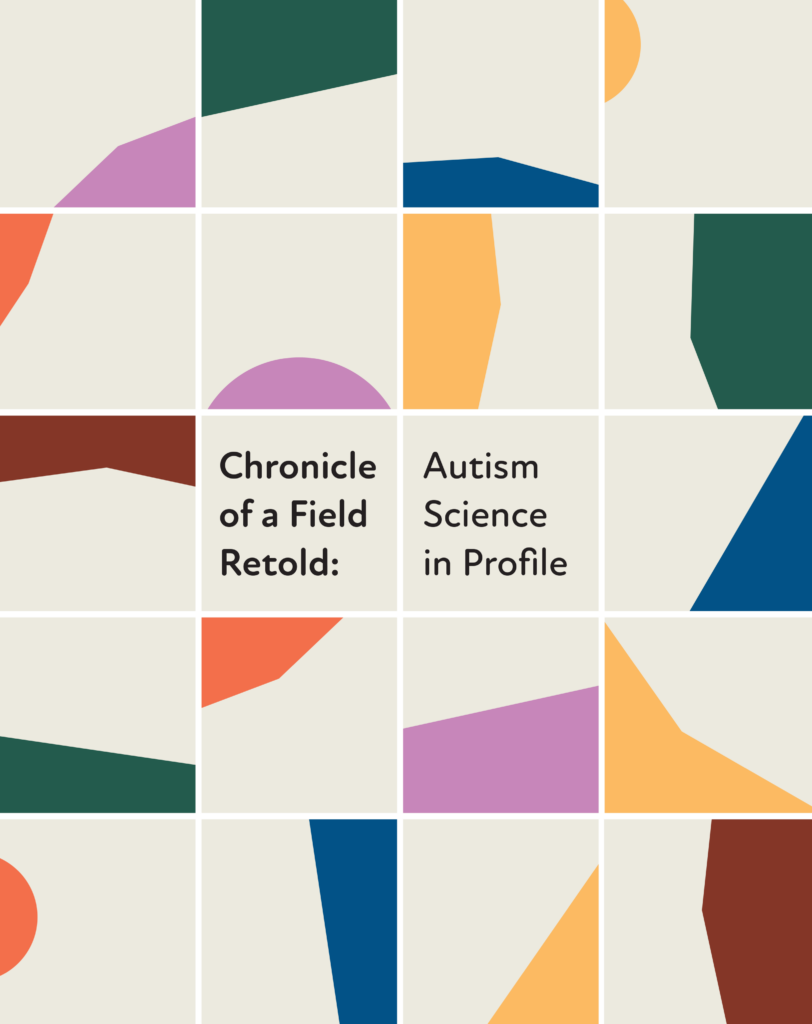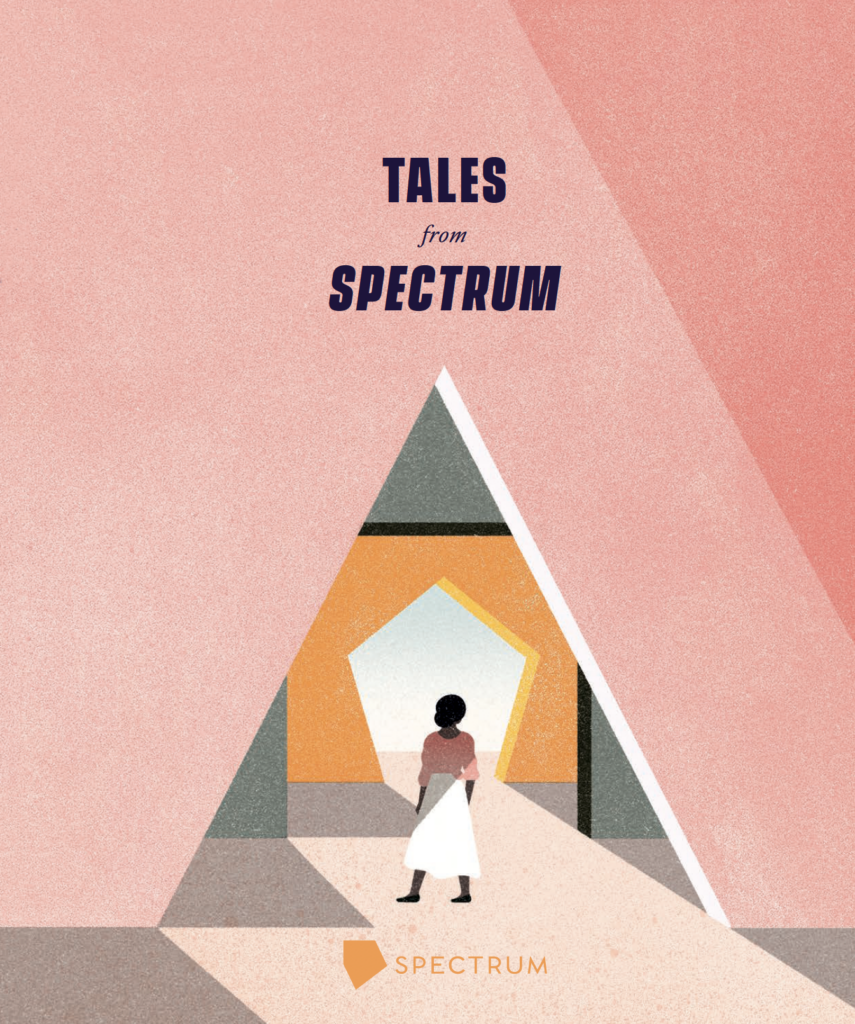The Transmitter books
Explore the books published by The Transmitter in recent years covering a range of voices within neuroscience and autism.

Thinking about neuroscience: Essays from the field
Our driving ethos at The Transmitter is simple: to be useful to the neuroscience community. To that end, the voices of scientists have been central to our publication since its launch—and they are central to this, our first book. This collection features scientist-written essays that explore the culture, craft and practice of the field; some of its major questions and new ideas; and its evolution over time. It includes entries from our Open neuroscience and data-sharing series, as well as columns about how to teach neuroscience and how to write about it using artificial intelligence. Two Big picture essays survey scientists about the brain’s functional regime and what, if anything, distinguishes mood from memory. “Thinking about neuroscience” also highlights what some of our contributing editors think the field should prioritize over the next few decades.
Download now Download now - opens a new tab
Chronicle of a Field Retold: Autism Science in Profile
Instead of reflecting on autism through studies or statistics, for Spectrum’s fifth annual book, we sought a more personal lens: the lives of the people who research the condition. The book opens with a surprising retelling of the field’s first movers: In “The new history of autism,” journalist David Dobbs reveals the scientists whose forgotten contributions predated or enabled those of Leo Kanner and Hans Asperger, long credited as the sole founders of autism research. It continues with a tour of today’s key players and includes an illustration that maps decades of apprenticeship among autism researchers, as well as a list of 40 up-and-coming scientists under 40 years old.
Download now Download now - opens a new tab
Autism by the Numbers: Explaining its Apparent Rise
This new downloadable guide from Spectrum offers an in-depth exploration of the various factors — perhaps chief among them, a greater awareness of the condition and researchers’ shifting ways of defining and measuring it — that have helped to drive autism prevalence numbers up.
Download now Download now - opens a new tab
Spectrum’s guide to autism 2020
This volume aims to be the ultimate primer, drawing articles from the ever-expanding ‘Autism 101’ section of our website. Chapters on basic facts, competing theories, and tests, traits and interventions chart the landscape of the condition and help readers navigate important questions such as the role of environmental risk, the link between parental age and autism and what can be learned from genetic testing.
Download now Download now - opens a new tab
Tales from Spectrum 2019
Published in time for Spectrum’s 10th anniversary, this volume recaps a decade’s worth of big ideas in autism research. Short articles revisit top headlines year by year. In-depth features explore research areas that have rapidly expanded, such as autism genetics; ones that still need attention, such as the pressing healthcare needs of autistic adults; and ones that are just emerging, including a ‘predictive coding’ theory of the condition.
Download now Download now - opens a new tab
Tales from Spectrum 2018
In this, our first foray into print, 12 in-depth stories probe how people experience and study autism. The stories, divided into four chapters, cover topics ranging from the reasons autistic girls are so often misdiagnosed and why autistic children can be clumsy to autism’s little-known connection with cancer and its overlap with addiction.
Download now Download now - opens a new tab